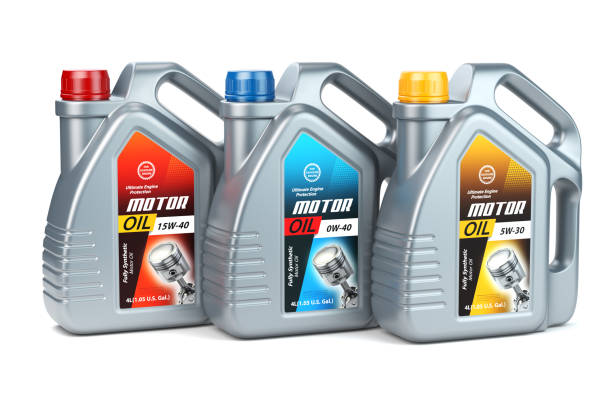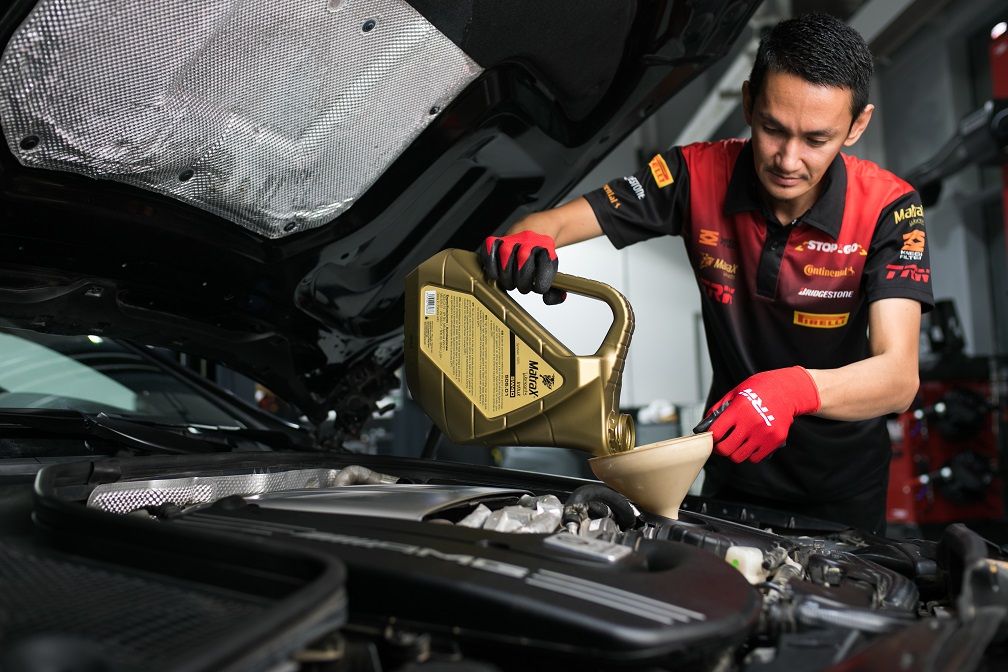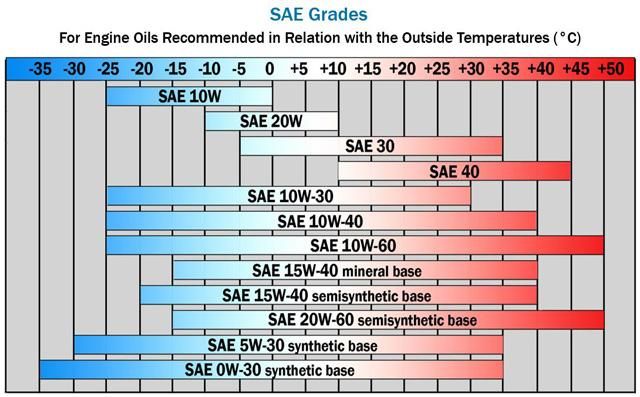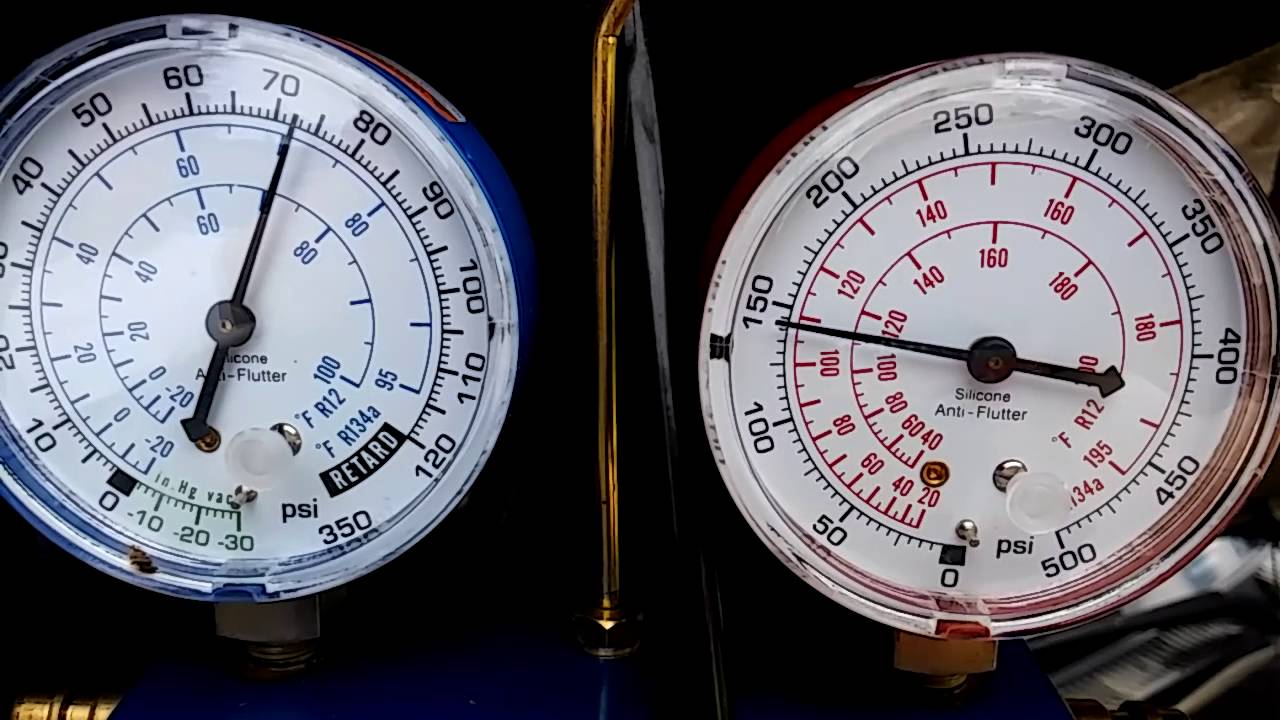How To Pick The Right Engine Oil For Your Car?
The hottest topic that has ever dealt with engine oil is “What everyone is running for oil as far as brands for the car: a conventional oil or synthetic oil or…?” Choosing the correct engine oil is very important for the engine’s lifespan. However, there have been a lot of motor oils in the market so have you ever wondered what kind of oil does my car take?
What Are Different Types Of Oil For Cars?
Whether your engine operates well or not mostly depends on the quality of the oil. The engine oil is mainly responsible for preventing wear and tear, reducing engine heat, increasing longevity, reducing engine friction, and ensuring the best vehicle usage time and operating condition.
With technological advances, today’s engines are smaller, more powerful, and have higher quality performance. As a result, the oil industry is constantly developing to keep up and adapt to the modern engine. Therefore, engine oils have also become more diverse to meet increasing demand. So how many types of motor oil are there? There are four basic types of engine oils, these are conventional oil, synthetic blend oil (semi-synthetic), fully synthetic, and high mileage engine oil:

Conventional engine oil
Conventional oil is refined from crude oil extracted from the ground. This oil can work well in a lot of vehicles with low to average mileage. However, conventional oil is often used temporarily before switching to semi-synthetic or full synthetic oil.
Mineral-based oils cannot protect engines well at low temperatures. At the same time, it can also easily cause damage if exposed to high temperatures. Therefore, when using it, you need to change the oil regularly to ensure the engine operates smoothly.
Synthetic blend oil
Semi-synthetic oils are a blend of mineral oils and full synthetic oils. With the ability to protect and prevent engine wear better than conventional oil, synthetic blend engine oil is the most popular choice today. Usually, this type of oil is known through brands such as Castrol, Mobil, and Shell…, trusted by many drivers.
Full synthetic oil
This is an oil specially formulated in a laboratory environment, for high-tech engines. Full synthetic oil performs well in low-temperature conditions and maintains effective lubrication at high temperatures. At the same time, it prevents the accumulation of dirt, reduces friction and limits wear on engine parts.
Because of its durable feature, fully synthetic technology oil will take a long time to degrade. Therefore, full synthetic oil costs are quite high compared to conventional oil.
High-mileage engine oil
When your vehicle reaches a certain mile of more than 75000 miles, at this time, auto manufacturers will recommend you to use a special oil for the engine it’s called high-mileage engine oil. According to statistics, up to 60% of vehicles on the road have an odometer of 120,000 km. With the development of the market, many refineries and laboratories have developed oils for used vehicles with high mileage. Many additives are added to enhance the engine’s internal flexibility without affecting other parts.
>> Read more: Is Engine Oil The Same As Transmission Oil? Let’s Find Out!
What Kind Of Oil Does My Car Take?
The oil is the slippery stuff that keeps your engine running smoothly but the trouble is all oil is not the same so you need the right oil to keep your car performing at its best. Filling up with the wrong oil could prove an expensive mistake. However, now, with many different types of oils what oil should I put in my car? There are several things you should check before choosing the engine oil:

The owner’s manual
The best method we recommend is that you look at the owner’s manual. In that guide, you will find the recommended oil for your car under lubricant specifications. Not only does it recommend the best oil for cars, but the owner’s manual also shows the oil interval. You should follow what your owner’s manual says because how long the oil stays in the engine will depend on the design of the engine and the related engine parts.
Engine oil grades
When it comes to engine oil, the most important thing is that you have the correct viscosity grade of oil for your engine. The oil grades are the numbers and letters you find on every oil bottle, for example, 10W-30, 15W-40 và 20W-50, SAE 0W-40… so what do these characters mean?
The number before the letter “W” indicates the lowest temperature at which the engine can start normally. To determine the appropriate temperature for the engine according to this symbol, subtract 30 from this number. For example, 10W oil can allow starting the engine at -20 degrees Celsius, and 15W oil allows starting at – 15 degrees C.
Behind the letter “W” in multi-grade oils can be the letter 40, 50, or 60. This is the letter used to indicate the viscosity range at 100 degrees Celsius of the oils. Normally, the larger the number, the greater the viscosity, and vice versa.
So if your car often travels long distances, you should choose a thick type because when operating on long distances, the engine will be hot, and the thick oil will thin out at this time. You should not choose thin oil because it will cause the phenomenon of “grinding”.
In case the car is only regularly driven in the city, you should choose a thin oil so that your car can easily restart when having to stop the engine many times at a red light.
The viscosity grade is recommended for sticking to what is written in the manual of your car because putting the wrong viscosity oil in your engine that is not adapted would create a lot of damage which leads us to the second thing to check along the viscosity grade: the performance level.
>> Related post: What Are The Differences Between Engine Oils 0W-30, 5W-30, 10W-30?
Performance level

It indicates in which make and model the oil can be used and it’s driven by specification when looking at an engine oil bottle. This data will be easy to be lost as hundreds of specifications exist. However, you just remember that each engine needs a specific oil which should be approved by manufacturers.
You should know two types of specifications, they are ACEA and API:
- ACEA is the European oil standard, this standard is used to evaluate the quality of lubricants, especially oil for diesel and gasoline engines with very strict regulations on emissions.
- API (American Petroleum Institute) is the standard for evaluating oil quality of the American Petroleum Institute. API quality levels for gasoline engines are SA, SB, SC, SE, SF, SG,… and the newest level today is API SN. For Diesel engines, API is denoted as CA, CB, CC, CD…In particular, the last letter of the symbol is used to distinguish levels and is arranged alphabetically. The latter letter will have a higher level. For example, API level SN will be higher than SM and SL…
To know exactly whether any engine oil product meets the quality printed on the packaging or not, we must check the information on the official website of the American Petroleum Institute www.api.org (All engine oil products that meet quality standards are periodically verified by the strict quality testing process of the American Petroleum Institute and are published here, including engine oils for motorbikes.)
Watch more:
Final Thoughts
It can be seen that the engine oil is one of the indispensable fluids of the engine. For every car owner, understanding and using the right type of oil is extremely important. This will help maintain engine life significantly. Not only that, it also helps increase the “smoothness” of your car every time you drive it. If you’re on the lookout for new engine oil, online or in a store, wondering what oil does my car take? We believe that the article can help you.














